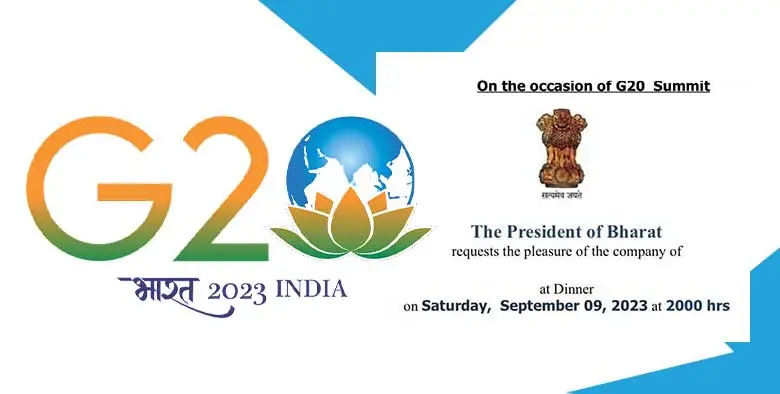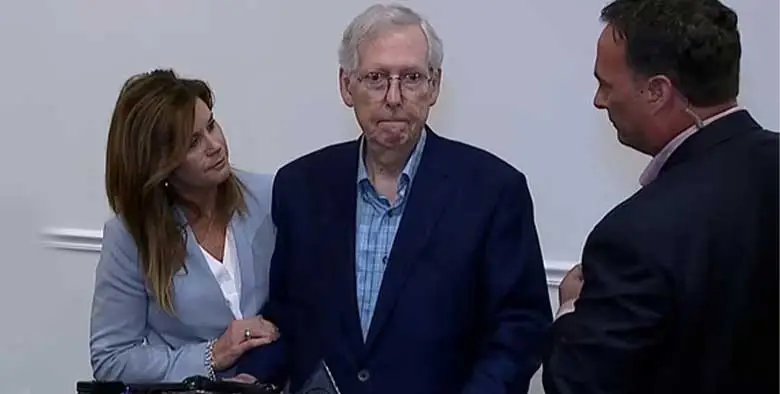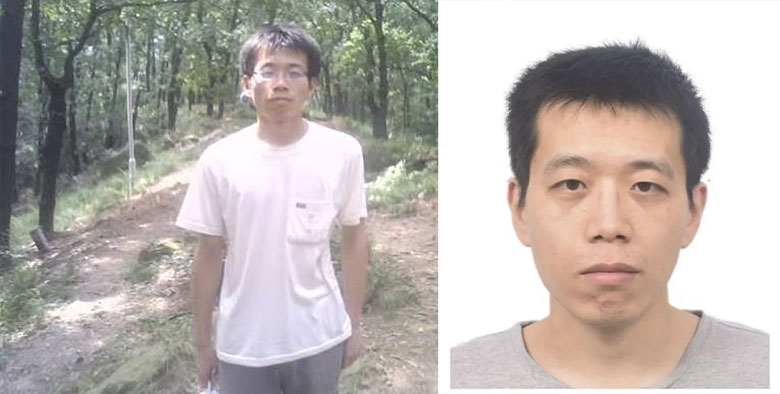- Know Everything About Nipah Virus, Which Is Back In Kerala Again
- Kevin Porter Jr Arrested On His Girlfriend’s Assault Charge
- Market Change Overnight - Know The 8 Things That Did It
- Who Are Alba Baptista And Chris Evans Married On The Weekend?
- Disrupted India vs Pakistan Asia Cup 2023 Match on Reserve Day
- 10 Common Foods That Contain No Calories or Are Very Low in Calories
- Men’s Styling Tips - Know the 9 Common Style Mistakes to Avoid
- Coco Gauff Beats Karoline Muchova and Reaches the US Open Final
- Danny Masterson Gets Life Sentence of 30 Years for Two Rapes
- Experience A Splendid Vacation in Kashmir with These 15 Gorgeous Sights
- India
- Saturday , July 27, 2024
- Last Published Sep 12, 2023, 6:48:32 PM

Deepfake- The Future of Content Creation?
Deepfakes are synthetic media wherein a person or an existing image or video is substituted with the likeness of someone else. Though the technology has been generating headlines for quite some time now, it came into prominence recently during a recent news bulletin of the MBN channel in South Korea. There was nothing extraordinary about the bulletin that day, except the fact that its usual anchor, Kim Joo-Haa, had actually been replaced with a computer-generated version of herself- a “deepfake”. The resemblance was so uncanny that conversation centering around deepfake becoming the next step in content creation started doing the rounds soon after. When most people think of deepfakes, their mind instantly goes to the fake videos of celebrities that are in circulation these days. A recent life-like video of Tom Cruise appearing on TikTok only last week lends further validation to their notions. However, despite its negative connotations, the technology is being used increasingly these days for commercial purposes. The technology that is responsible for deepfakes, is more generally classified as synthetic media or AI-generated videos. With the technology undergoing more and more fine-tuning with every passing day, its usage is witnessing a rapid growth across the sectors of news, entertainment, and education. One of the earliest commercial adopters of this technology was London-based firm “Synthesia”, who utilise these AI-powered videos to create corporate training material for global advertising and consulting firms. The mind-bending scope and possibilities that deepfakes bring to the table have left many people apprehensive of its unforeseen consequences. However, researchers are unanimous of the opinion that instead of being fearful of the new technology, we should foster a nuanced approach towards it. There should exist laws in place to clamp down all the bad and dangerous things that it might spawn, and the purpose of these laws should be to not curtail the vast scope of this technology, but to protect the individual and the society from the harms of its unethical wielding.












